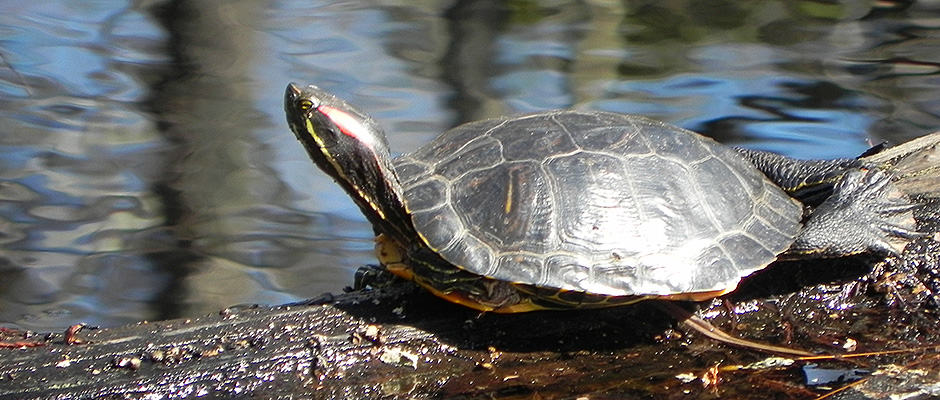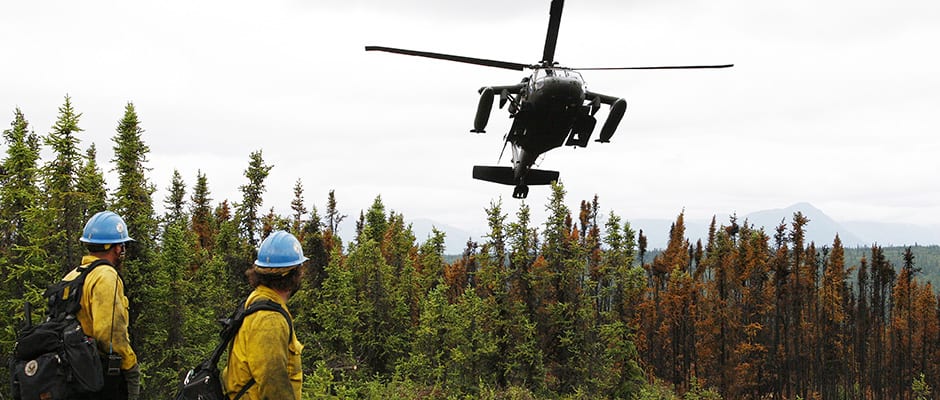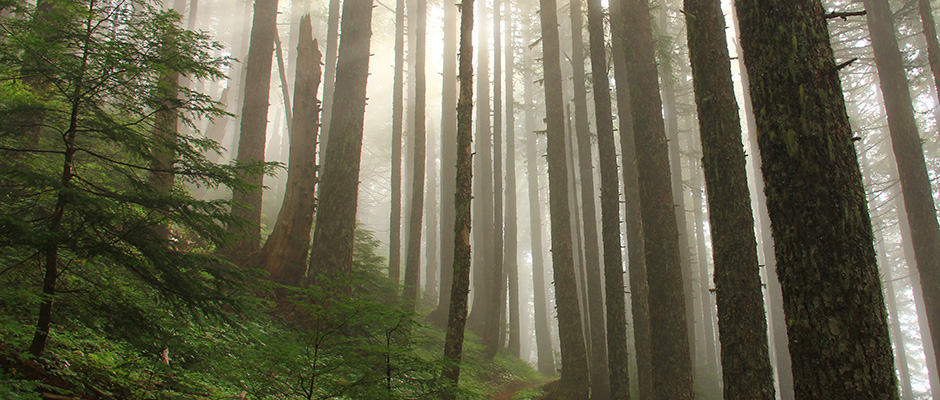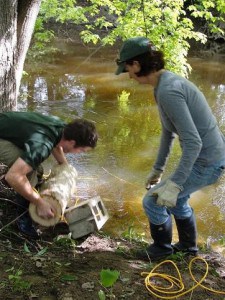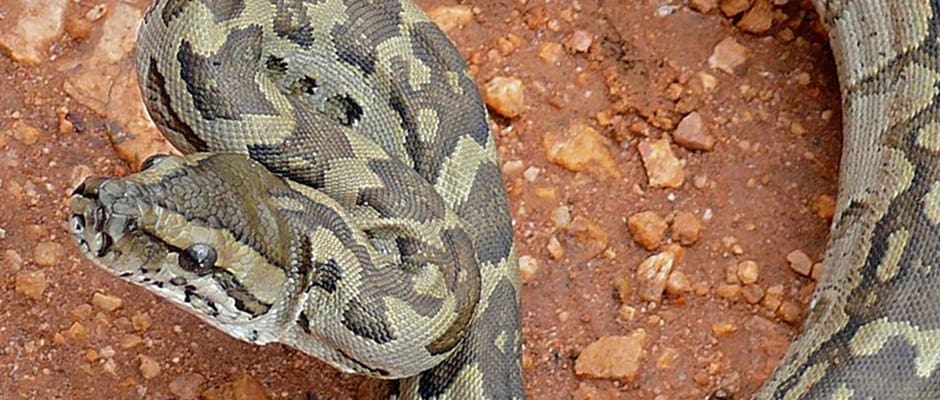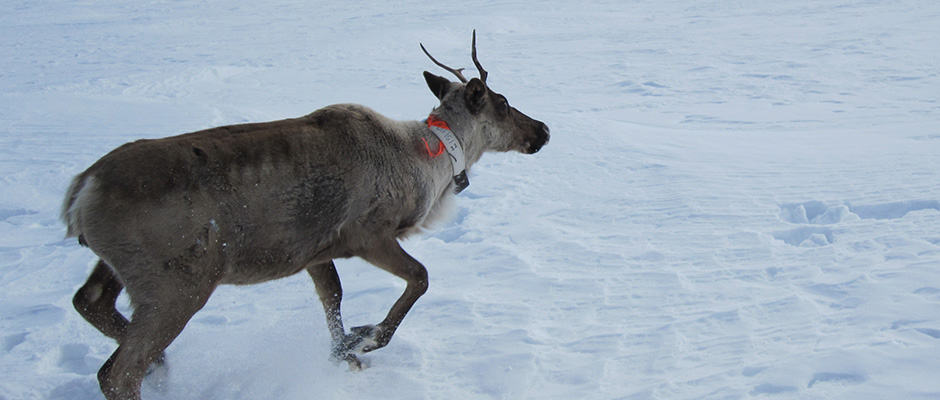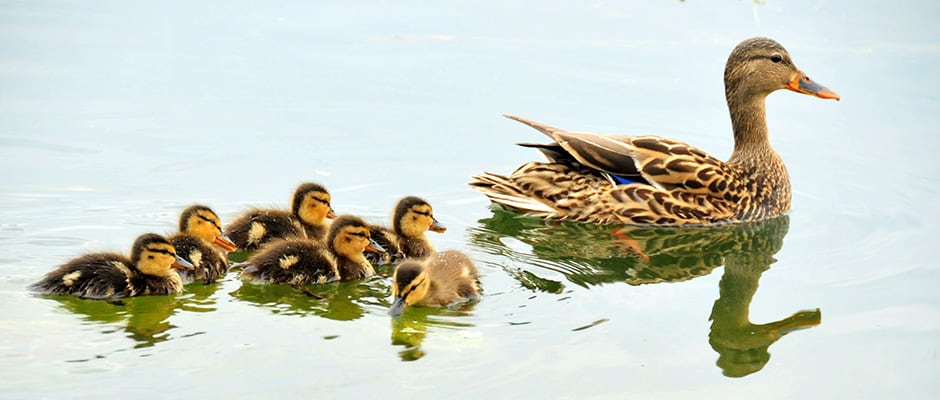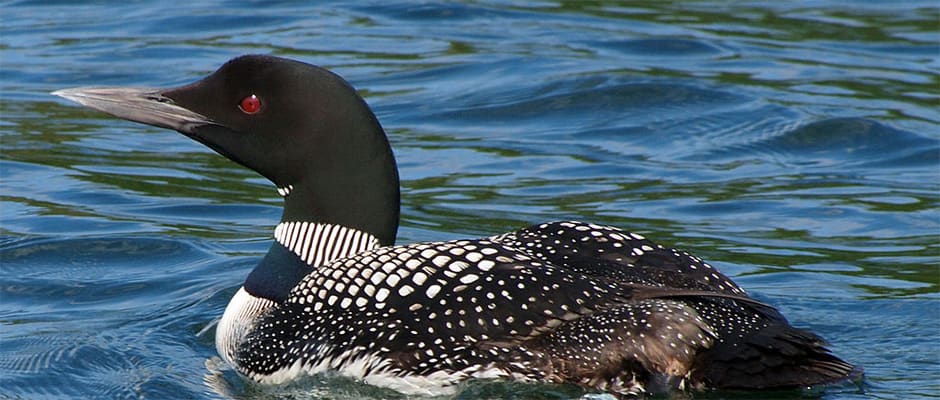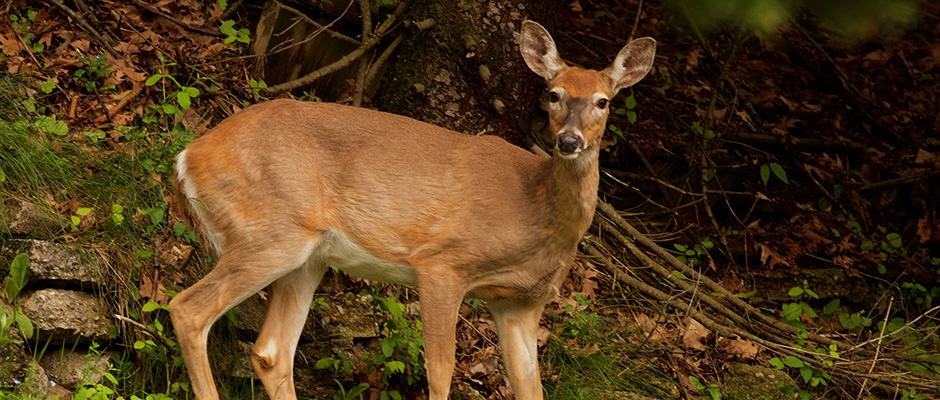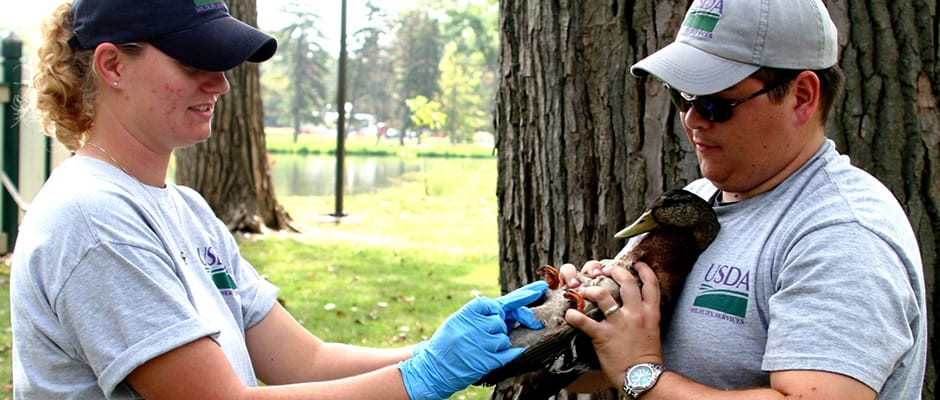
Between now and March 2016, highly pathogenic avian influenza (HPAI) surveillance in wild birds will increase as biologists with the U.S. Department of Agriculture’s Wildlife Services (WS) program and its State partners collect approximately 41,000 samples from apparently healthy wild birds from targeted areas throughout the United States. Samples will be collected primarily from live-captured and hunter-harvested dabbling ducks, such as American black duck, American green-winged teal, mallard, and Northern pintail. Additionally, environmental fecal samples from waterfowl and samples from morbidity and mortality events of all wild bird species will also be collected. Results from the surveillance effort will be incorporated into national risk assessments, and preparedness and response planning efforts to reduce HPAI risks to commercial poultry, backyard poultry, game bird farms, wild birds, wild bird rehabilitation facilities, falconry birds, and captive bird collections in zoos/aviaries.
“The early detection of avian influenza remains key to controlling its spread and minimizing its effects,” states Dr. Tom Gidlewski, program manager for WS National Wildlife Disease Program. “Surveillance helps warn us of any re-assortments or changes in low or highly pathogenic avian influenza viruses in wild birds which may be detrimental to our country’s domestic flocks.”
Since December 2014, the USDA has confirmed cases of HPAI H5 in the Pacific, Central, and Mississippi flyways. The disease has been found in wild birds, as well as in more than 200 backyard and commercial poultry flocks. While wild dabbling ducks appear to have no ill effects from the virus, HPAI H5 is lethal to raptors and its impacts to other wild birds are unknown. HPAI H5 can cause severe disease and death in domestic birds. The U.S. Department of Health and Human Services’ Centers for Disease Control and Prevention (CDC) considers the risk to people from these HPAI H5 infections to be low. No human cases of these HPAI H5 viruses have been detected in the United States, Canada, or internationally.
Recently, USDA and its partners released two updated interagency plans related to the surveillance of HPAI in wild birds. The first updated plan— U.S. Interagency Strategic Plan for Early Detection and Monitoring for Avian Influenzas of Significance in Wild Birds—describes a unified national system for migratory wild bird sampling involving Federal, State, university and non-governmental organizations. The second updated plan— 2015 Surveillance Plan for Highly Pathogenic Avian Influenza in Waterfowl in the United States— outlines specific wild bird surveillance efforts for 2015-2016. These efforts were led by the Interagency Steering Committee for Surveillance for HPAI in Wild Birds. This committee is comprised of experts from USDA Wildlife Services and Veterinary Services, the Department of the Interior’s U.S. Geological Survey and U.S. Fish and Wildlife Service, the CDC and Prevention and the National Flyway Council.
Wildlife Services is a Strategic Partner of TWS.



